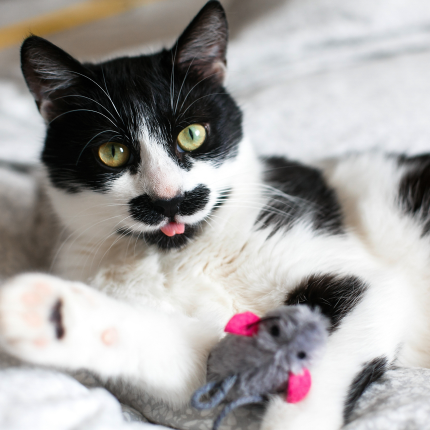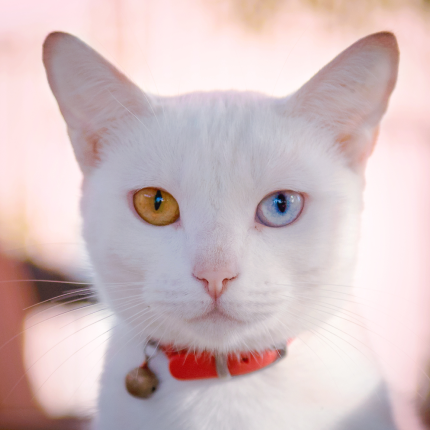Domestication Has Shrunk House Cats’ Brains (Sorry Kitties)

Surprisingly or not surprisingly, if you have an orange cat, recent research indicates that house cats have experienced a notable reduction in brain size over the past 10,000 years, thanks to human influence. This reduction has been linked to the long-term effects of domestication, according to a study published on January 26 in the journal Royal Society Open Science.
The Study’s Findings
Researchers conducted a detailed analysis comparing the cranial measurements—indicative of brain size—of modern house cats with those of their wild ancestors: the African wildcat (Felis lybica) and the European wildcat (Felis silvestris). The study found that the skulls, and consequently the brains, of domesticated cats have diminished significantly over the millennia compared to their wild relatives.
This decrease in brain size doesn’t necessarily imply reduced intelligence in domestic cats. Instead, it reflects the broader effects of domestication. The researchers hypothesize that the focus on selecting for tameness during domestication inadvertently altered the development of cats’ brains.
The Role of Neural Crest Cells
The study suggests that changes in brain size might be linked to the development of neural crest cells—special cells crucial for the nervous system’s development. During domestication, selection for tameness might have led to a reduction in the migration and proliferation of these cells. This alteration could contribute to reduced excitability and fear in domestic cats, as well as changes in morphology, stress response, and brain size.
Updating Older Research
The new research revisits and refines findings from the 1960s and 1970s, which documented decreased brain size in domestic cats compared to wild ones. While these earlier studies primarily compared domestic cats with the European wildcat, recent genetic research has confirmed that the African wildcat is the closest living ancestor of today’s domestic cats.
The study corroborates the earlier findings, showing a significant 25% reduction in cranial size in domestic cats compared to African and European wildcats. Hybrid species—cats that are a mix of wild and domestic lineage—showed intermediate cranial measurements between the two groups.
Implications and Concerns
The research underscores the profound impact of domestication on the evolution of cats, aligning with similar observations in other domesticated animals such as sheep, rabbits, and dogs. It highlights how selective breeding and human influence have shaped the physical and neurological traits of domestic animals.
Furthermore, the study raises concerns about the potential threats of hybridization between domestic and wild cats to wild populations. Understanding these changes provides insight into the broader effects of domestication and emphasizes the need to consider its impact on both domestic and wild species.
Brain size = smarts?
As researchers study more broadly animals with smaller brains, such as ravens and giraffes, but have capabilities we humans would consider “smart,” we’re learning it’s not so simple. The bottom line is our feline companions have been adapted over time to be the best little baby they can be. And we love that for them.

Featured Articles

Polydactyl Cats: Just More Beans to Love
Polydactyl cats have become extremely popular in recent times. As a result, more and more people are interested in learning more about this six-toed cat and want to get one of their own. If you are a cat lover intrigued by polydactyl cats, you have come to the right place….

Why Do Cats Roll Over Into Their Backs But Not Let You Touch Their Bellies?
It’s common knowledge dogs love to have their tummies rubbed when they freely lay down before you and roll onto their backs. But, if you’re also familiar with cats, you know that when they roll onto their backs with their bellies exposed, rubbing the belly will most likely result in…

The Odd-Eyed Cat (AKA Heterochromia)
Cats are already beautiful and fascinating creatures, but people are bound to take notice when they have something as captivating as two different colored eyes. Odd-eyed cats always have one blue eye paired with either a green, yellow, or brown eye. This form of heterochromia occurs in other animals, including…